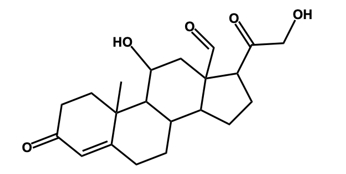Lipids are a diverse class of biomolecules characterized by their hydrophobic nature, meaning they are insoluble in water. This hydrophobic property is a common feature among all lipids, although some can also be amphipathic, possessing both hydrophobic (water-fearing) and hydrophilic (water-loving) groups within the same molecule. This unique structure allows amphipathic lipids to play crucial roles in biological systems, particularly in forming cell membranes.
Unlike carbohydrates, proteins, and nucleic acids, which are built from consistent monomers to form polymers, lipids do not follow this pattern. They do not form long chains like other biomolecules, making their classification more complex. Key types of lipids include:
- Fats and Oils: These lipids are essential for long-term energy storage in both animals and plants. Examples include butter and vegetable oils.
- Phospholipids: These molecules are fundamental components of cell membranes, contributing to the structure and function of cells.
- Steroids: Steroids, such as cholesterol, are important for maintaining plasma membrane integrity and can also function as hormones, including testosterone and estrogen.
- Waxes: Waxes serve protective roles and help prevent water loss. An example of a wax is beeswax.
Understanding the various types of lipids and their functions is crucial for grasping their roles in biological systems. As we delve deeper into the study of lipids, we will explore each type in more detail, examining their structures and functions within living organisms.


